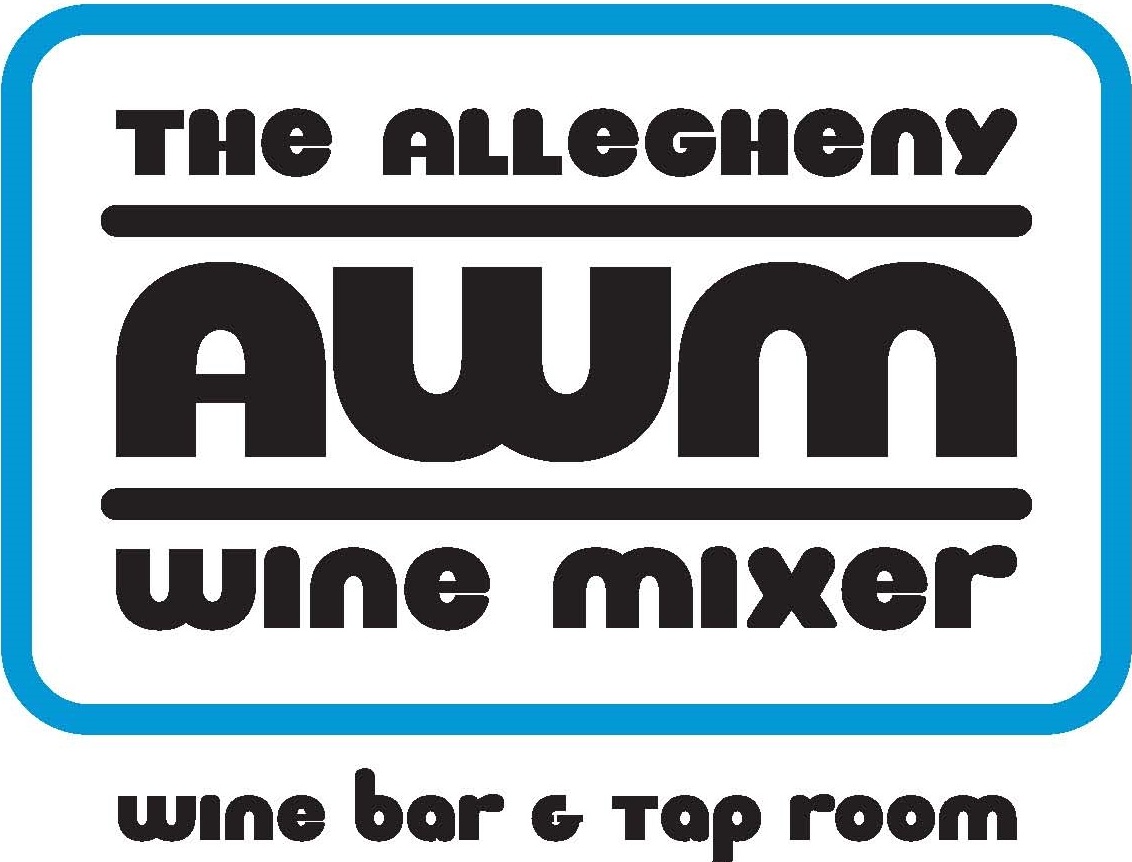Galicia presents a version of Spain gleefully at odds with our preconceptions. You don’t get white villages and windmills and death in the afternoon here. (Thankfully, we’re getting a lot less death in the afternoon all across Spain these days.) Rather, Spain’s Atlantic Northwest — the brow that furrows neighboring Portugal — is green, cool, rainy, and decidedly Celtic. If that sounds more like Ireland than Andalusia, take note: as the crow flies, Cork isn't much farther from the regional capital of A Coruña than Malaga.
Wine-wise, Galicia isn't completely in step with what we’ve come to expect from the rest of Spain either. You don't get Tempranillo and Garnacha here. In fact, the region's leading grapes are pretty much exclusive to this corner of the country (notable exception: Bierzo in Castilla y Leon, but Galician in climate and spirit) — though they do, tellingly, show up in northern Portugal with tricky Lusophone aliases. Isolated geographically and culturally, and always fiercely independent, Galicia's forged its own wayward, sometimes difficult, identity.
A bend in the Rio Sil in Ribeira Sacra
If anything, it's looking more and more like Spain’s answer to the Loire — from the maritime coast to the continental center, an inexhaustible source of complex, nuanced, minerally driven whites, and vibrant, food-friendly reds that provide a welcome counterpoint to the countries' more renowned regions, a place a little less bound to convention than, say, Rioja or the Medoc. If Galicia lacks the Loire's crémants and dessert wines — and sparkling and botrytized expressions of Albariño, while not exactly common, are not unheard of — the Loire can't lay claim to some of the world's most spectacular vineyard sites, or the tradition of heroic viticulture necessary to farm them.
But to draw the parallels more explicitly:
ALBARIÑO
Albariño vines under pergola in Rias Baixas
Now that we know that Albariño's origin myth — as a rogue Riesling clone that hitchhiked to Santiago do Compostela with German monks in the middle ages — doesn't have an ampelographic leg to stand on, it can finally be itself. And as growers pay closer attention to Albariño's sensitivity to site and vintners rely more on native yeast fermentations, the Riesling comparisons are starting to fade away. In the fjord-like Rias Baixas, the more apt analogy, anyway, has always been to Muscadet. Both are classic seafood wines with a distinctive tang of seaspray, and both gain considerable complexity from sur lie aging. Riesling-like peach and honeysuckle aromas are definitely still in the mix, but the region's granitic soils can also tease out herbaceous, flinty notes that recall another Loire stalwart, Pouilly-Fumé. It's taken several false starts for the real Albariño to reveal itself, but committed winemakers are doing great things with this grape.
Now pouring: Roberto Mendez and Raul Perez 'Cies' Albariño, Salnes, Rías Baixas, Spain 2017
GODELLO
Forty years ago, Godello was a near casualty of post-phylloxera neglect and Franco-era land reforms that rewarded farmers for bulk production. That was never going to fly with a delicate early budder like Godello, so all but a couple hundred vines were grubbed up and replaced with the far more reliable (and regrettably neutral) Palomino. Today, thanks to a small group of visionary growers and conservationists, complex, age-worthy Godellos from Valdeorras, Ribeira Sacra, and Bierzo are gaining consensus as, arguably, Spain's finest whites. Richly textured yet taut, with a bracing mineral presence, they can call to mind the dry Chenin Blancs of Savennières and Vouvray.
Now pouring: Cobertizo ‘El Blanco’ Godello, Bierzo, Spain 2016
MENCÍA
Heroic viticulture in action
The fact that for many years Mencia was thought to be a relative of Cabernet Franc (it isn't) should tell you where this analogy is headed, but it's only been since growers have planted it on the steep, schisty hillsides of the Sil River Valley that Northwestern Spain's signature red grape has earned the comparison to Chinon and Bourgueil, and, yes, even Pinot Noir from the Cote D'Or. If the latter seems like a stretch, consider this: last year Bierzo approved a new Burgundian classification scheme that will identify village wines, crus and, eventually, Grand crus, probably signaling the end of cheap, cheerful, unbeatable value Bierzo forever. Sigh.
Now pouring: A Portela Mencía, Valdeorras, Spain 2014




